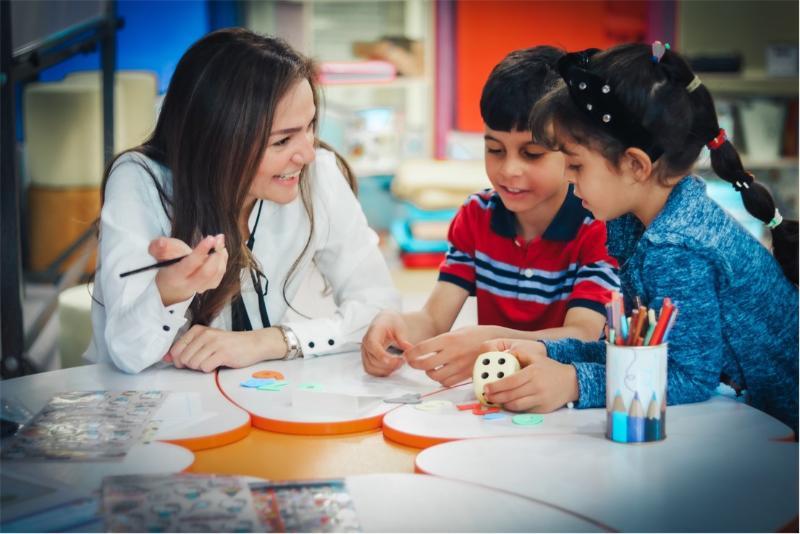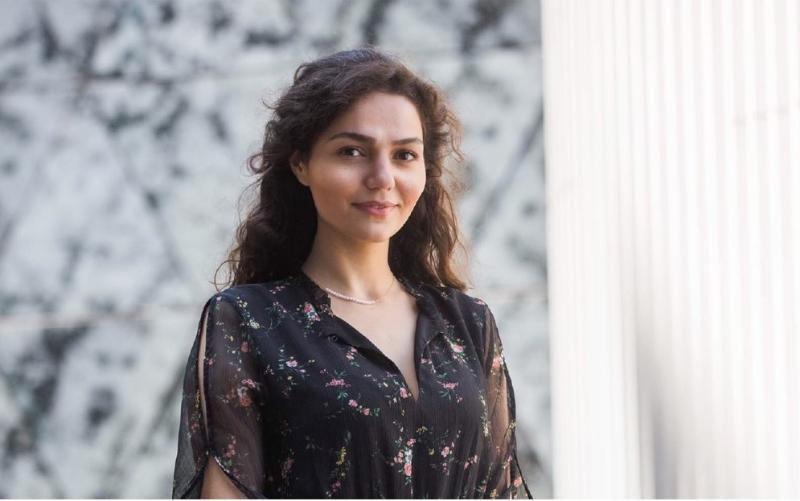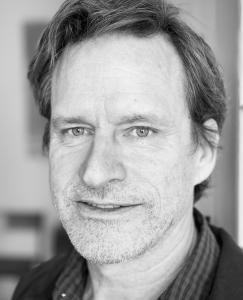Language learning mathematics system uses pictures and designs to help children who go to school in a different language
Tahereh Pazouki can concisely explain the virtue of learning math visually.
“If I tell you a square is four lines that are the same length and are connected at 90-degree angles, you will need a lot of verbal understanding at a high level of language to understand what it is,” Tahereh says. “But if I show you a picture of a square, then you simply get it: There’s no need to overcomplicate it.”
In basic terms, that’s the idea behind Magrid, a pedagogical math-learning program in Luxembourg that has helped close the learning gap between native-speaking students and those learning math in a different language.
“In Luxembourg, over 60% of the population of students who start schooling are second-language learners,” Tahereh says. “They are not familiar with the language of instruction, which is Luxembourgish.
The problem goes beyond poor scores. “This can have a very high impact on their confidence,” she says. “They can think, ‘Maybe I’m not good enough,’ or they may lose interest in learning. When I’m talking about math, I’m also talking about general problem-solving and logical thinking.”
While pursuing her doctorate in computer science and psychology at the University of Luxembourg in 2014, Tahereh wanted to find a solution to this problem.
“We began looking into different possibilities, one of which was a language-free learning program, which is now called Magrid,” she says. “We removed all verbal instruction and replaced it with visual materials, and we tested it in about 20 schools around Luxembourg.”
Building the math blocks
The program provides over 2,500 different exercises to help students between the ages of 3 and 9 with the major building blocks of early mathematical development, focusing on visual-spatial and numerical tasks. It includes an app to use in a tablet or other computer device, plus printed materials that complement the app.
The results in the Luxembourg schools were impressive. The performance gap between native and non-native speakers in math disappeared. The teachers who had used the Magrid system wanted to keep the materials and continue using the program. Parents have been pleased as well.
Cíntia Ertel is the mother of Benjamin, 7, and Martina, 5, and they have used the home version of Magrid when it was being developed a couple of years ago, and lately, they are using it on Tuesday and Thursday afternoons at home in Colmar-Berg in Luxembourg, when school is not in session. Cíntia is Brazilian and her husband, Daniel, is German.
“We don’t like them watching TV in the afternoon so we tell them you can read a book or something else, but they say they want Magrid,” Cíntia says. “I like that they can do it independently — they can just look at the drawings and know what to do next.” She explains that it’s been especially helpful for her daughter because she doesn’t need to rely on verbal instructions to know how to move ahead.

Magrid in the classroom
In September of 2020, Tahereh created an education-technology company, LetzMath, to market Magrid. Magrid is now a team of eight, and it’s in the process of adding two more. In March last year, Luxembourg adopted Magrid in all its public schools. Today, more than 5,000 students in 300 schools are using Magrid to learn math and more, and thanks to her published research and word of mouth, schools in the United States, France, and Portugal are using the program as well.
An inclusive math solution
The program is gaining other forms of recognition. Magrid won the top prize and €75,000 in the 2021 Social Innovation Tournament. This contest was created by the EIB Institute to support entrepreneurs who are helping the environment and society. Magrid won other major awards in 2021, including the World Summit Award for Local Digital Solutions.
LetzMath is expanding into other European countries, including Germany and Belgium. The company has high hopes for its app, allowing parents to use Magrid with their children at home.
“Here, the idea is not just to put children in front of tablets or computers — it’s more like an effective use of screen time and turning it into a sophisticated blackboard,” Tahereh says. “It’s enough using Magrid for 15 minutes a day for four times a week. I’m not a fan of just giving technology to children and hoping that all the problems be solved.”

Tahereh Pazouki, creator of Magrid
To broaden Magrid’s impact, LetzMath decided that for every three licenses it sells, it will provide one license for the program free to someone who cannot afford it, including the printed materials that accompany it.
Part of Tahereh’s initial inspiration for Magrid was her younger brother, who often struggled in school because of dyslexia.
“Even up until he was 10 years old, he had difficulty processing languages. I was always trying to help him,” she says. “And I was drawing things for him and changing things from a verbal format to a visual format. Now he’s 22, and he just graduated from college — he’s an engineer now. So I already had the idea that if this could work for my brother, why not for other children?”
